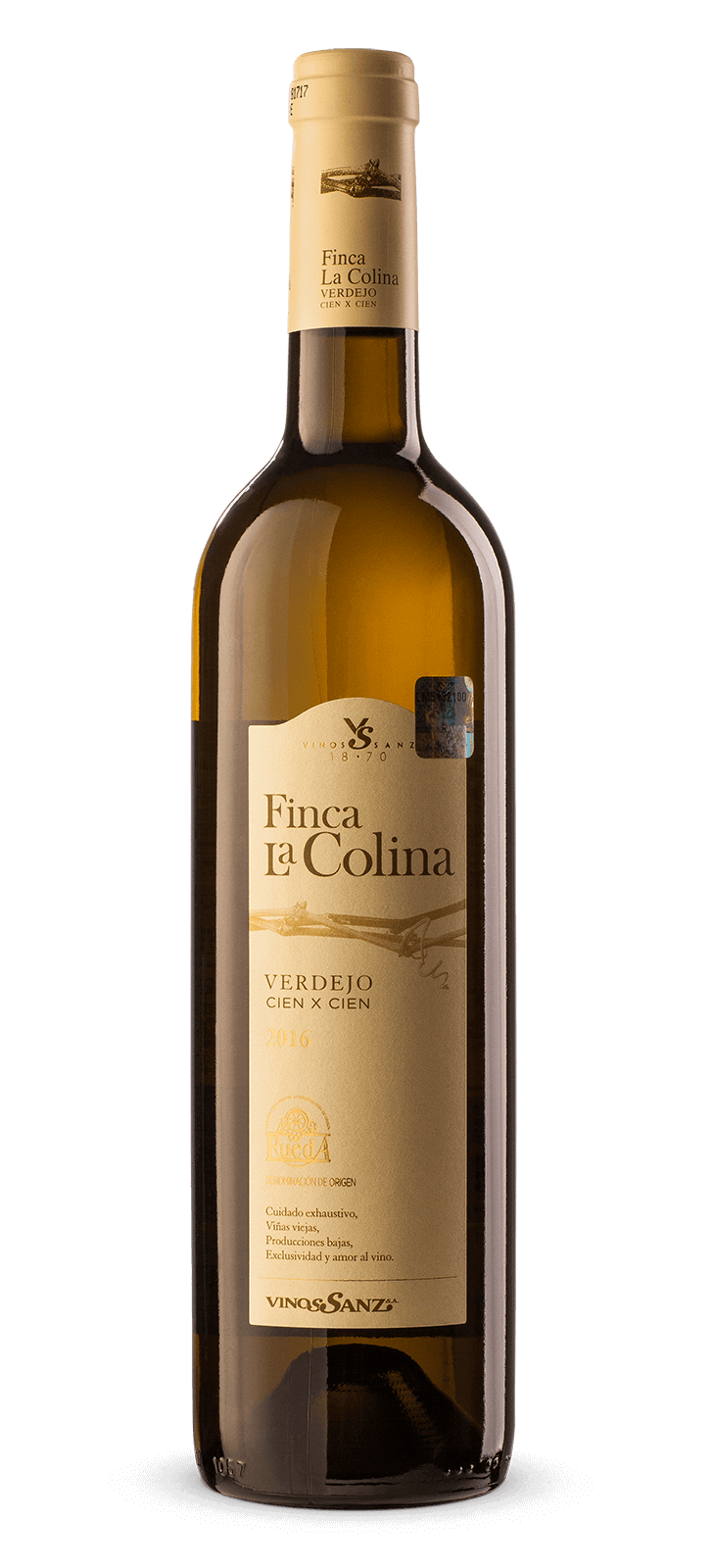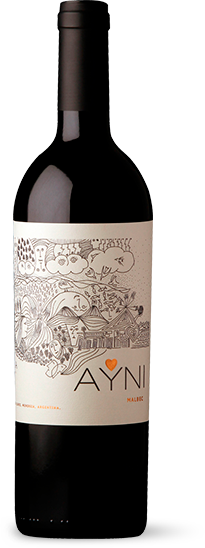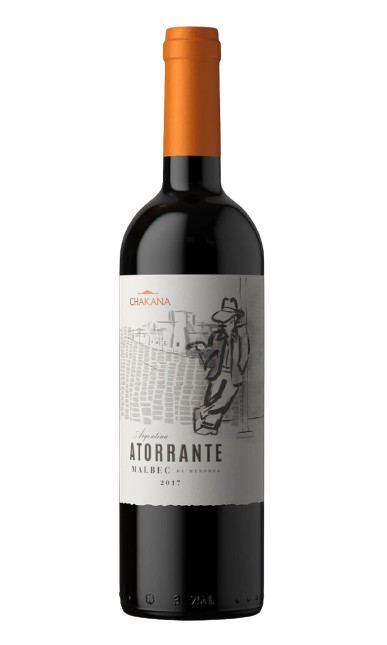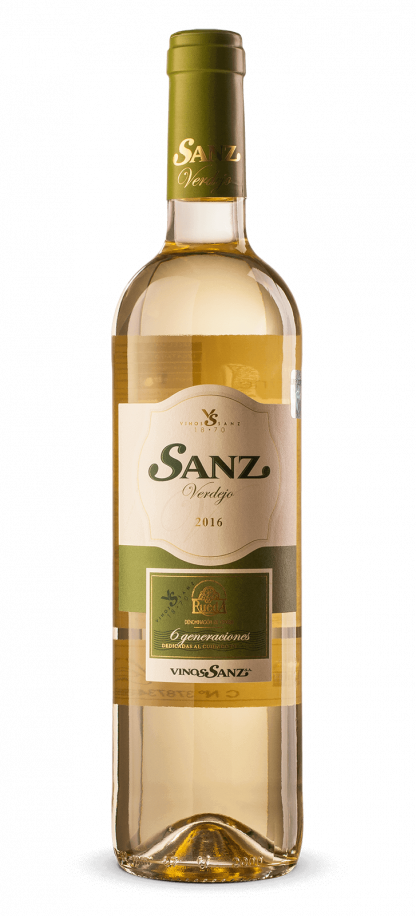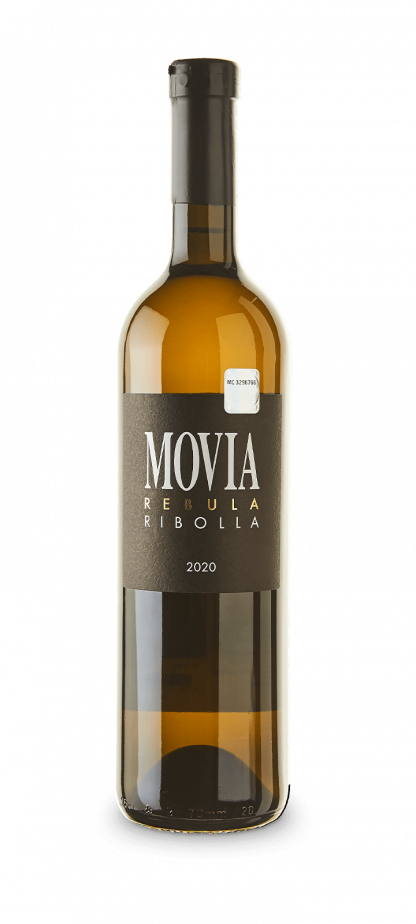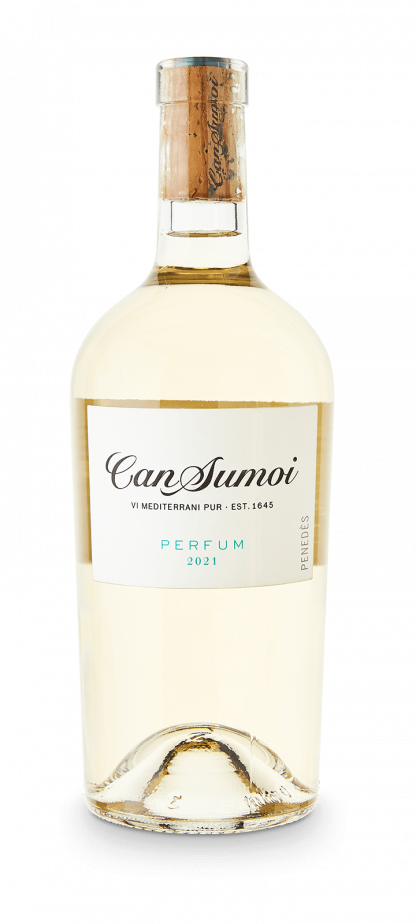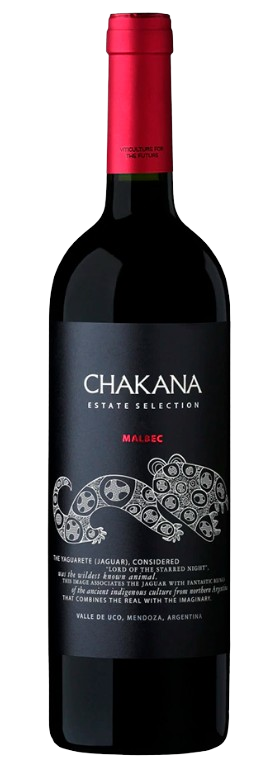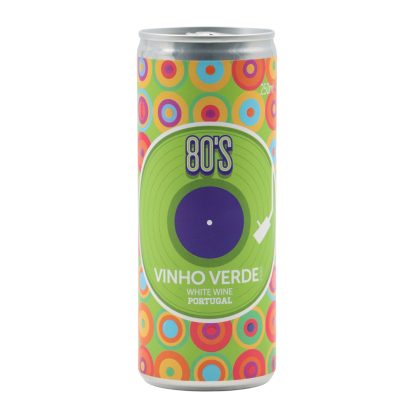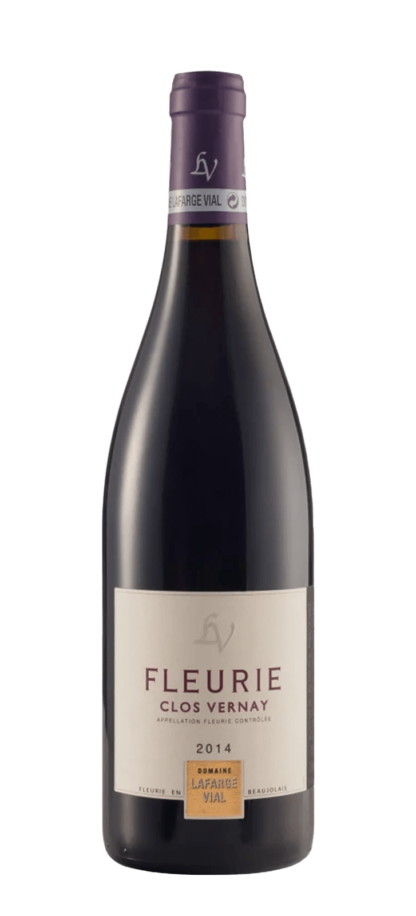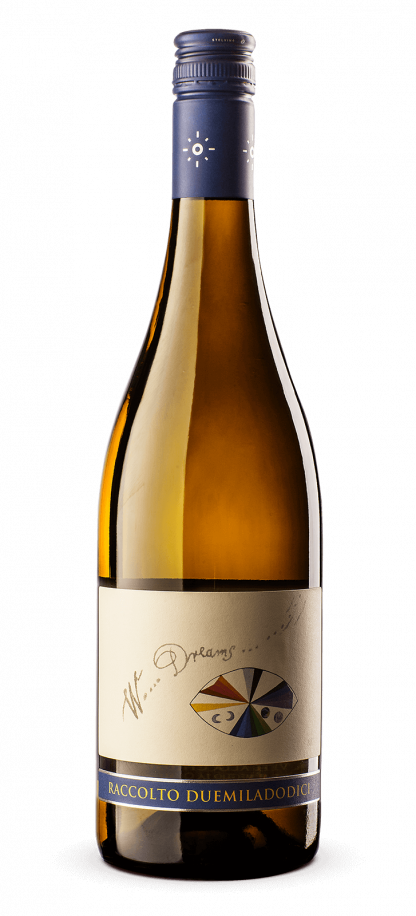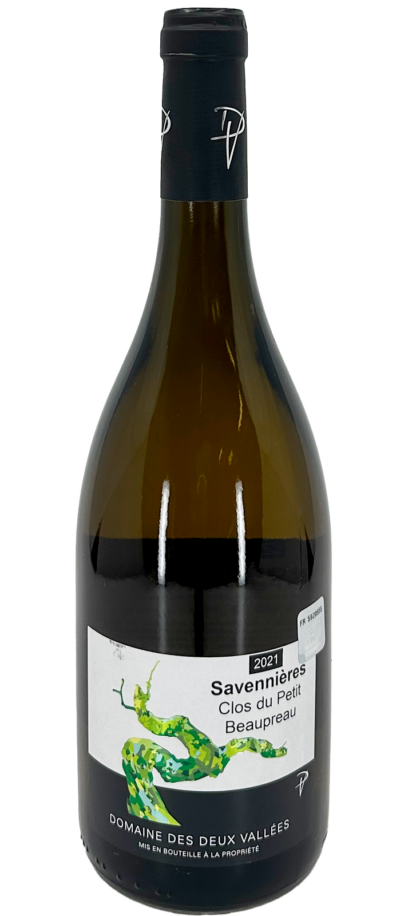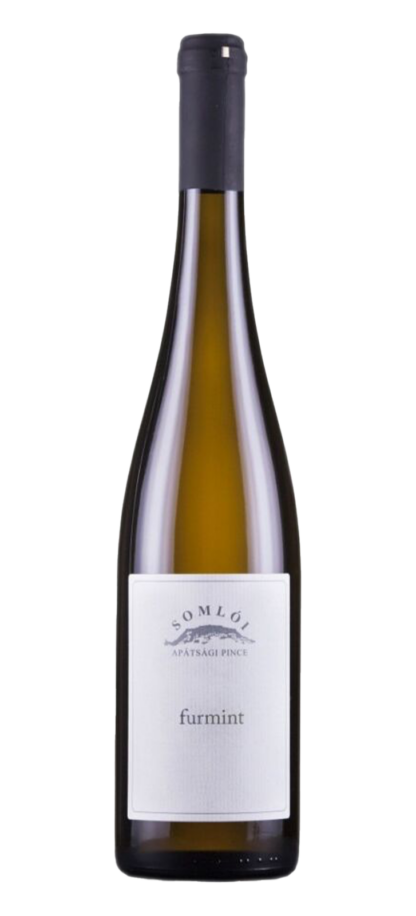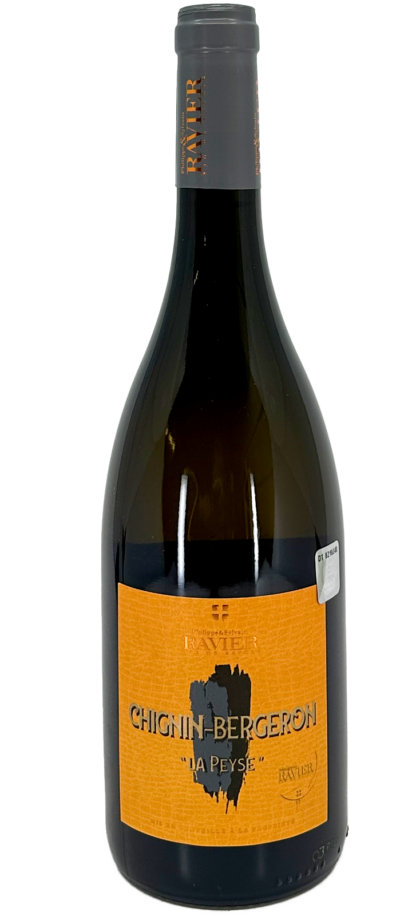Vino Sanza Verdejo “La Colina” Rueda 2021
Vino Sanza Verdejo “La Colina” Rueda DO reveal a lively bouquet of citrus fruits, green apple, and tropical notes, complemented by subtle floral hints and a touch of herbs. On the palate, it offers a crisp acidity and a medium-bodied texture, with flavors of lemon zest, grapefruit, and a hint of melon, leading to a clean, refreshing finish. This Verdejo is noted for its aromatic intensity, balance, and characteristic freshness.
Vino Sanza Verdejo “La Colina” Rueda DO pairs beautifully with seafood dishes such as grilled shrimp, ceviche, or baked fish, where its acidity and fruitiness enhance the delicate flavors. It also complements light salads, fresh cheeses, and tapas, providing a refreshing contrast and elevating the overall dining experience with its vibrant and crisp character.
1 in stock






